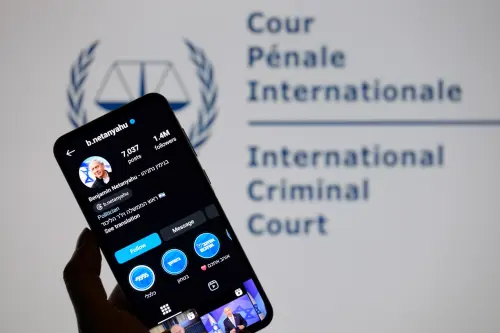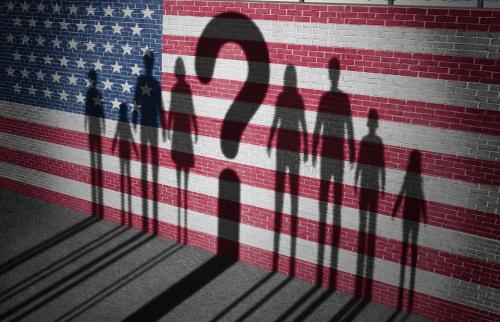President Obama doesn’t like to talk about how he uses drones to kill suspected militants — including American citizens. Explanations about who gets picked for remote-control death and who does the picking are left to underlings and aides. Just a few days ago, for example, Obama blew off a local Cincinnati television reporter who asked the president about his “kill list.”
On Wednesday, however, CNN’s Jessica Yellin managed to get Obama to open up, just a little, about his criteria for approving drone attacks. His comments may have been the president’s most extensive so far on robot warfare. They were also total baloney, outside experts say.
As the Bureau of Investigative Journalism notes, Obama told CNN that a terror suspect had to pass five tests before the administration would allow him to be taken out by a drone. “Drones are one tool that we use, and our criteria for using them is very tight and very strict,” the president said.
1. “It has to be a target that is authorised by our laws.”
2. “It has to be a threat that is serious and not speculative.”
3. “It has to be a situation in which we can’t capture the individual before they move forward on some sort of operational plot against the United States.”
4. “We’ve got to make sure that in whatever operations we conduct, we are very careful about avoiding civilian casualties.”
5. “That while there is a legal justification for us to try and stop [American citizens] from carrying out plots … they are subject to the protections of the Constitution and due process.”
At least two of those five points appear to be half-truths at best. In both Yemen and Pakistan, the CIA is allowed to launch a strike based on the target’s “signature” — that is, whether he appears to look and act like a terrorist. As senior U.S. officials have repeatedly confirmed, intelligence analysts don’t even have to know the target’s name, let alone whether he’s planning to attack the U.S. In some cases, merely being a military-aged male at the wrong place at the wrong time is enough to justify your death.
“What I found most striking was his claim that legitimate targets are a ‘threat that is serious and not speculative,’ and engaged in ‘some operational plot against the United States,’ That is simply not true,” emails the Council on Foreign Relations’ Micah Zenko, who has tracked the drone war as closely as any outside analyst. “The claim that the 3,000+ people killed in roughly 375 nonbattlefield targeted killings were all engaged in actual operational plots against the U.S. defies any understanding of the scope of what America has been doing for the past ten years.”
A third point — that an American citizen is given the “protections of the Constitution” before he’s approved for unmanned killing — is dubious. Yes, there is a process that the White House uses to vet proposed drone targets. Several government officials review a suspected terrorist’s dossier before an attack on that person is okayed. This is an internal review by presidential aides, not subject to any kind of independent authority, and obviously not one in which a target’s representatives can contest the case. It’s enough to condemn someone to death. The Obama administration has argued that this is the same as the “due process of law” guaranteed in the Bill of Rights.
Legal scholars have found the argument flimsy — with no coherent standard of evidence that amounts to an instant death sentence, and no limits to where that sentence can be carried out. in a January Google Hangout — one of the few other times Obama has even mentioned the drone campaign — he said that targeting decisions were not managed by “a bunch of folks in a room somewhere just making decisions.” Actually, it appears to be something rather close to that.
When Yellin pressed further, asking Obama if he himself made the ultimate decisions about who should live and who should die, Obama demurred, saying, “I’ve got to be careful here. There are classified issues… I can’t get too deeply into how these things work.”
But, as Zenko notes, “that is total BS. The President has the authority to declassify anything. That authority was reaffirmed by the White House in one of its first executive orders,” issued in 2009. If the president felt like talking about the drone approval process, he could. Obama doesn’t have to leave the discussion up to unnamed officials, former subordinates, and authored leakers. He chooses to do so, presumably because the issues involved are so thorny.
Twice in the interview, Obama complained about “misreporting” by the media about the drone campaign. “A lot of what you read in the press that purports to be accurate isn’t always accurate,” Obama said. What he didn’t mention was his own role in perpetuating the confusion.
The Brookings Institution is committed to quality, independence, and impact.
We are supported by a diverse array of funders. In line with our values and policies, each Brookings publication represents the sole views of its author(s).


Commentary
Op-edObama Finally Talks Drone War, But It’s Almost Impossible to Believe Him
September 6, 2012